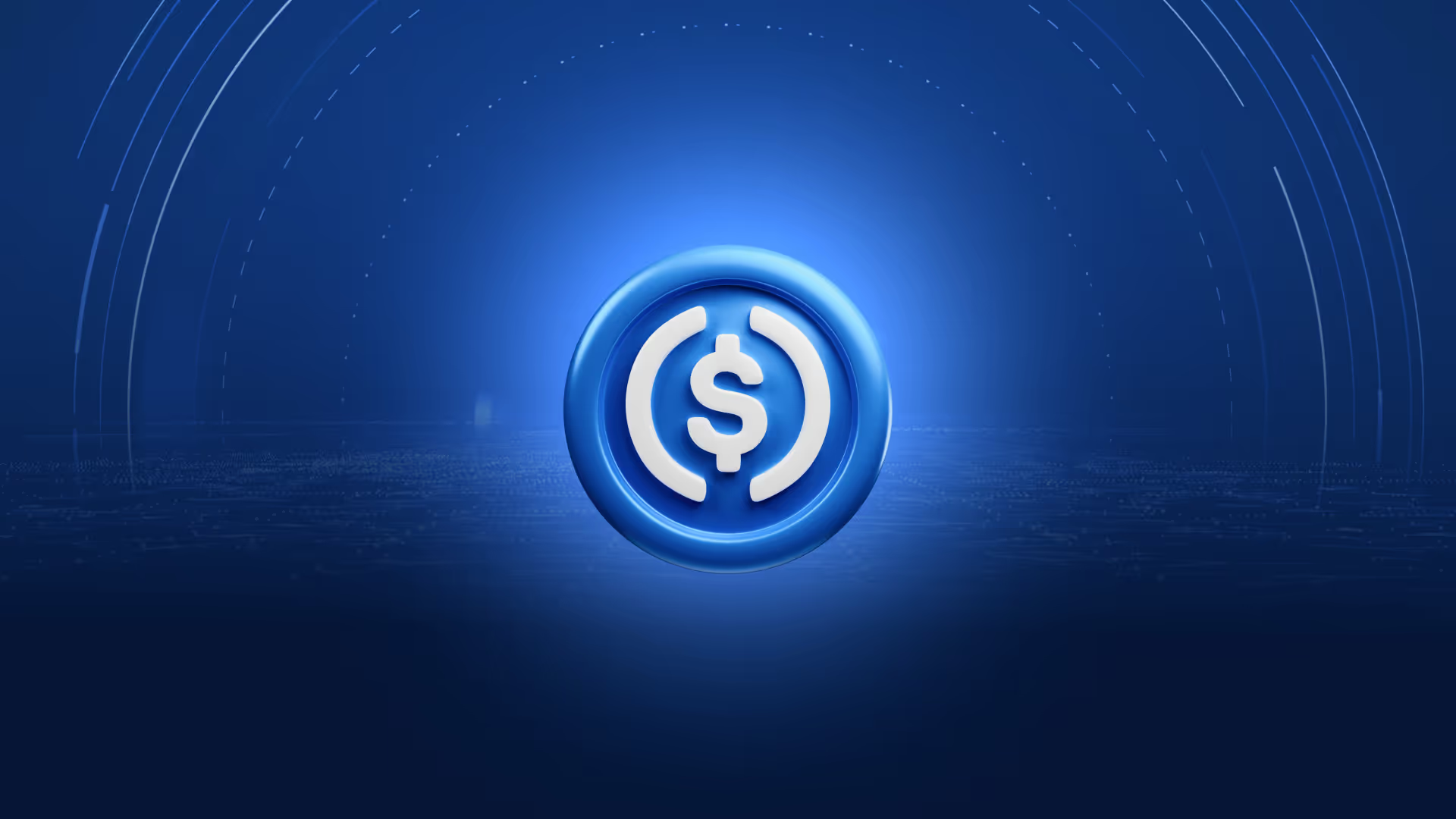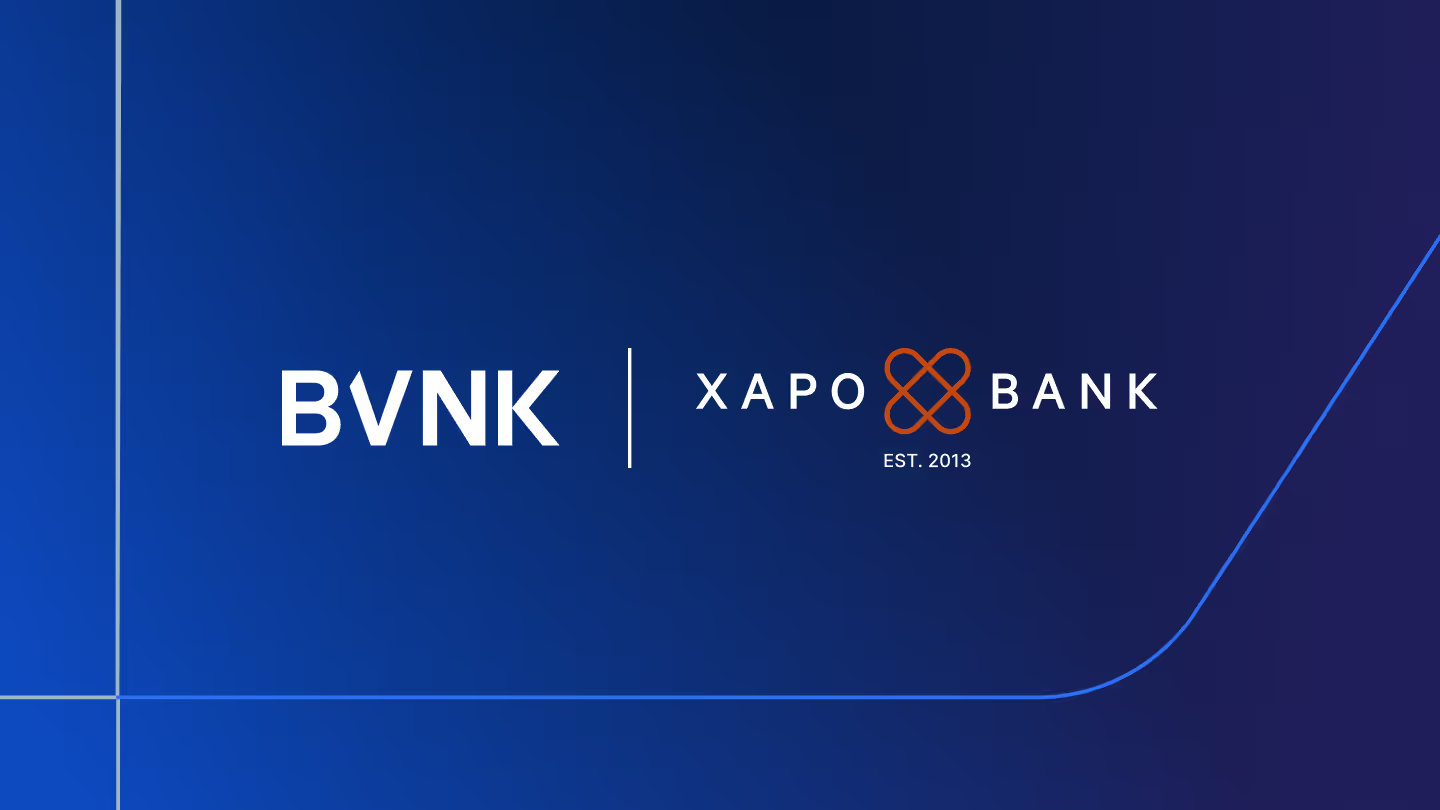Blockchain payments: a buyer’s guide
A guide to evaluating providers for blockchain payments and a checklist with the important questions to ask.
As a payments leader, you know the advantages of distributed ledger technology (DLT) and blockchain payments – and you’re likely already getting pitched daily by crypto processing suppliers.
But how can you tell the difference between providers and make sure the one you select has the right technology, global network and risk and compliance controls to deliver effectively on your needs? And what are the key questions you should ask?
In this guide, we’ll briefly cover the value of working with a partner, examine what a payment partner does at each stage of the payment journey, the criteria you can use to evaluate providers and reveal the key questions to ask. For quick reference, you can also download the blockchain payments: buyer's checklist.
But first, build or buy?
If you’ve identified a need for DLT and blockchain payments in your business, it’s likely you’ve asked this question.
Management consulting firm Oliver Wyman points out that all but the largest institutions will likely need to access these capabilities through service providers.
Working with a regulated partner allows you to mitigate operational overheads and avoid the fixed costs of inhouse development. It also means there’s no need to hold volatile assets on your balance sheet, or take on the burden of regulatory compliance yourself.
Benefits of working with a partner include:
- Minimal overhead and less risk. The provider handles the bulk of the technical questions and manages a number of risk, compliance and controls issues on your behalf.
- Fast setup. Access and customise pre-built checkout pages and payment flows connected to the most popular crypto wallets, already tested by other merchants.
- Ongoing maintenance is covered by the provider.
- Accept crypto without interacting with it directly or having to be regulated for it.
- Competitive pricing. A provider can secure the competitive crypto exchange rates and hold these prices for the merchant to avoid margin slippage.
What does a provider do in the blockchain payment lifecycle?
Let’s look at the journey of a blockchain payment to understand how a payment provider can support you.

- At the checkout, the merchant offers a crypto payment option. A payment provider can optimise the checkout page to improve conversion and ensure that the highest converting cryptocurrencies are prominently featured.
- The customer selects this option and the digital currency they want to pay with, agrees the exchange rate and is given the merchant’s public address. A payment provider can secure competitive exchange rates and hold these prices, so the merchant can guarantee the price to customers for a period of time.
- The customer opens their crypto wallet and sends funds to the merchant's public address, also paying the blockchain’s processing fee. A payment provider can provide its wallet instead, removing the need for the merchant to hold any crypto assets on its balance sheet.
- The transaction request is submitted to the blockchain and checked by nodes to ensure the customer has enough coins to make the payment.
- The transaction is submitted to a block, awaiting miners to validate it.
- A transaction is typically approved after a validated block has been certified by three nodes.
- The transaction is completed and recorded on the blockchain. The payment provider trades the crypto for a fiat currency and deposits this with the merchant’s bank, minus any fees.
5 key criteria for evaluating blockchain payment providers
How can you tell that a provider has the right infrastructure, support and compliance processes to support you? While each merchant will have unique business requirements, it’s important to cover these five key criteria when talking to providers:
1. Fees and rates
Most payment leaders are used to negotiating volume discounts and minimum volume commitments, but with blockchain payments, you also need to discuss exchange rates and understand where your provider is putting the markup.
That’s because crypto payment providers make their money in two ways: they charge a % of a transaction as a processing fee, and add a small spread to the exchange rate. The first of these is usually transparent (expect somewhere around 0.5-1%). The exchange rate markup is often a hidden cost. It falls on the customer at the point of transaction, but higher prices will make a product less competitive.
You could get an attractive rate on processing fees, but the markup on the exchange rate that is shown to your customer is above market standard. This will ultimately impact adoption of the payment method and limit the benefits you’ll see from it.
Ask your provider:
- Do you offer volume discounts in your processing fee?
- Where do you source the exchange rates you use and do you add a markup?
- Do you have penalties for dropping below a minimum volume of transactions or for early cancellation?
2. Processing times
Processing time is key to payer experience. You need to understand how many blockchain confirmations are required to confirm a payment, so that funds are credited to the user’s account or sent to the recipient.
Some payment providers advertise ‘instant payments’, which usually means completing transactions before the transaction has any confirmations on a blockchain. Truly ‘instant’ crypto payments are extremely unlikely since a provider has to wait for a new transaction to be broadcast and verified by nodes, and for blocks to be mined and then confirmed by enough nodes. Depending on the blockchain and currency being used, this can take from a few seconds to a couple of minutes.
Secondly, most payment providers will insure a payment with a third party to mitigate the risk of it later being rejected by the blockchain. This request and approval adds more time before the payment can be considered completed.
So if a provider is advertising ‘instant’ payments, be sure to ask them how they manage the risk of non-settlement and if this poses liability to you the merchant.
Ask your provider:
- For each relevant blockchain, how many block confirmations do you require before confirming a payment?
- Who do you insure a crypto payment with, and how long does that typically take?
3. Settlement times
Settlement times directly impact your cash flow.
If you want your provider to settle in crypto, settlement times are near-instant. If you want the funds in fiat, the provider will need to exchange the crypto and then transfer the fiat across banking rails. A number of factors influence how fast this can happen.
Ask your provider:
- How quickly do you initiate the settlement process once a merchant requests funds?
- What arrangements do you have with intermediary banks to reduce the time and cost of cross-border settlements?
4. Operational redundancy
Payment providers typically rely on third parties for certain capabilities, such as maintaining nodes, sourcing liquidity or for banking partnerships to bridge to the fiat world.
Each third party a payment provider relies on is a potential point of failure. So it’s important to know how their stack is put together and where operational redundancy has been built in.
For example, a payment provider may run their own nodes at the same time as working with third party providers like Fireblocks or BitGo to ensure continuity of service and stability.
Ask your provider:
- How reliant are you on a single partner to maintain your nodes?
- What remedial measures would you take in the case of a partner being unable to operate?
- How regularly do you evaluate your partners and what criteria do you have for onboarding new ones?
5. Compliance
Typically a payment provider takes on the burden of regulatory compliance, but if they fall short, you could get caught out. So it’s important to establish their credentials.
First up, you’ll want to check that they have sufficient resources to effectively monitor and act on market and regulatory changes. Next up, you’ll want to see that they have a detailed governance and oversight framework that clearly articulates policies and procedures. And, you’ll want to ask how they ensure compliance is embedded through the solution.
Lastly, check the provider has the right licenses in place – and a future licensing roadmap that matches your ambitions.
Ask your provider:
- Where does your most senior compliance executive sit in your organisation? (Clue: they should sit in the senior leadership team and their role should be dedicated to compliance).
- Do you have regulatory specialists in each of our core markets? And what regulatory licenses and registrations are you covered by in each?
- How much experience does your compliance team have in fiat regulations, as well as expertise in crypto and other digital assets?
- How do your regulatory and product development teams work together?
- How will you acquire a detailed understanding of our business to ensure we are protected against customers acting illegally, including identifying individuals and entities sanctioned by law?
- How do you monitor transactions to detect and prevent suspicious activity, across both traditional banking and blockchain rails?
The nice-to-haves
The five criteria above should be considered must-haves. Beyond them, there are other capabilities that can help you choose between your shortlist, such as reporting, accounting integrations or access to IBANs which can help with settlement times and costs.
Ask your provider:
- What flexibility do you provide in defining different user roles and permissions? And how intuitive are these to set up?
- Do you provide fiat IBAN accounts in the same solution, so we can perform day-to-day payment and banking tasks from your platform?
- What reports are available from the platform, both as standard and bespoke? How granular can the analysis go, in terms of segmentation by different cryptos, markets, products and trading periods?
- What integrations do you have with our accounting software?
Download the blockchain payments buyer’s checklist for a summary of key evaluation criteria and questions to ask your providers.
Ready to get started? Speak to one of our experts
Latest news
View allGet payment insights straight to your inbox



.jpg)






.avif)


.jpg)





